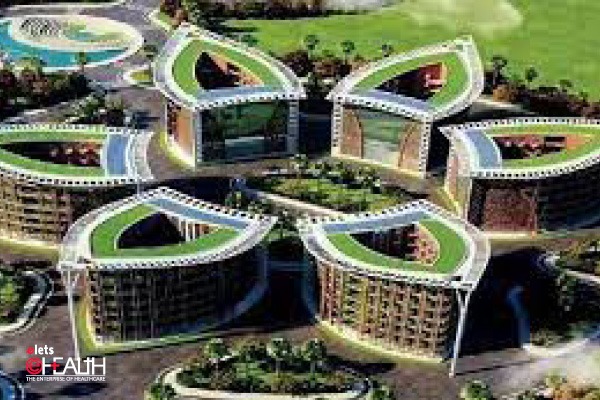
Learning never stops, especially if it is the field of medicine. A healthcare professional (HCP) needs the latest knowledge and precise application as a practitioner. This makes continuous learning vital as it ensures skill development, application of knowledge, and a better attitudinal stance. Context creates the need for education; it doesn’t operate in a vacuum. Today, the digital dimension is building a more polished practice of medicine and is particularly useful for continuing medical education (CME). Health practitioners are increasingly absorbing education shared over digital platforms, and technology has made accessibility, engagement, personalization, and tracking of learning simpler and more powerful.
The strategy of incorporating digital CME has enhanced decision-making, entailed more professionalism, and has helped improve patient engagement. The pandemic-induced lockdowns have been a catalyst to the integration of digital CME. Physical training has recently transposed itself into virtual CME and will continue to expand beyond the pandemic. The potential of educational benefits that can be attained through the facet of digitized learning shows immense promise. It is as effective as physical training in equipping HCPs with high-quality, evidence-based treatment knowledge.

Mapping the convenience of digital CME
Banishing the barriers: Digitization is aiding medical education to become more accessible by eradicating the barriers of geographic and socioeconomic obstacles. For instance, a surgeon in Arunachal Pradesh can conveniently use his handheld device or laptop to attend a digital CME taking place from the operation theater of AIIMS. CLIRNET platform has seen many doctors from the North East link to expert pediatricians and cancer specialists from across India to address the lack of such expertise in such remote locations.
Enables efficient interoperability: Digital CMEs aren’t only banishing barriers but also simplifying the processes associated with physical CMEs. The digital option provides doctors an opportunity to attend lectures virtually, sometimes even in the middle of the day! This encourages more professionals to attend the sessions and saves them the time and effort required for commuting. Local CMEs were seen as an opportunity for doctors to confabulate and expand their network. This has now seen a multiplier effect with the CMEs being virtual and generating more participation. The reception from the medical fraternity has been excellent. Pre-pandemic, only 5-7 percent of CMEs were conducted digitally; this has grown multifold to 70-75 percent. Medical associations such as FOGSI, ASI, API, CSI, IOA, and many more, have shown a proclivity towards disseminating knowledge using the digital corridor.

Palpable convenience: Digital CMEs provide palpable convenience as they offer HCPs the expedience to choose content on demand. Many plenary sessions were hindered by the reluctance of super-specialty hospitals to send their valuable specialists to physically attend seminars. Digital CMEs have provided a convenient solution to this issue, where all physicians can attend CMEs virtually from any location. Key opinion leaders (KOL) of many hospitals can now conduct virtual sessions for more doctors. The number of participants is much higher and feedback quicker.
Changing the face of medical education in a heartbeat
Today, India stands at the edge of a revolution in the continuing medical education sector. Some of the trailblazing digital CME platforms are propelling this transformation. Experts from as many as 30–35 specialties from not just India but also overseas are associated with these virtual channels. A seamless learning experience with a continuous feedback mechanism furnishes these virtual platforms with flexibility and resourcefulness. Some of the esteemed professionals across the fraternity have praised the streamlined service that they are getting through digital CME. Accommodating India’s growing network of doctors, such platforms are fostering interactive experiences that are tailor-made for patient-care challenges.
Vantage view
From a catalyst-induced alternative, digital CMEs have established itself as the new normal going forward. Leveraging the benefits of community-generated content, CLIRNET, along with other leading digital CME platforms, is creating a community of doctors for a synergized CME system. These virtual community channels are disruptive as platforms and important tools for the future of medical education. They will further evolve by incorporating AI, machine learning and other futuristic technology like virtual reality and 3D functionality.
Be a part of Elets Collaborative Initiatives. Join Us for Upcoming Events and explore business opportunities. Like us on Facebook , connect with us on LinkedIn and follow us on Twitter , Instagram.












